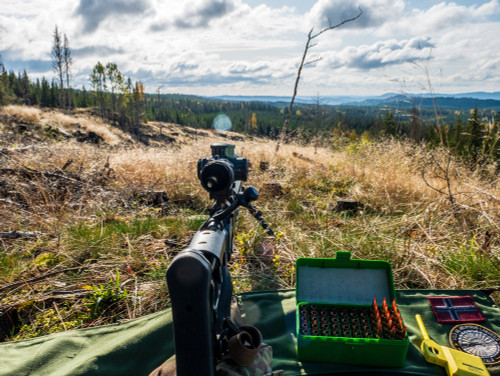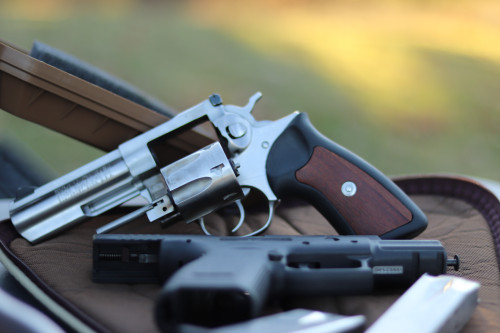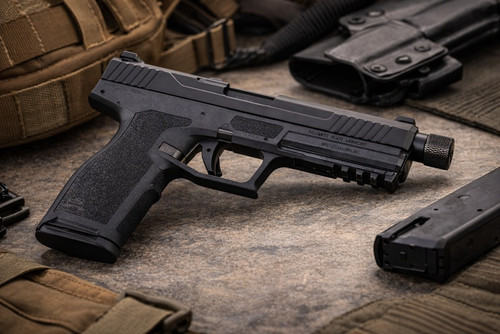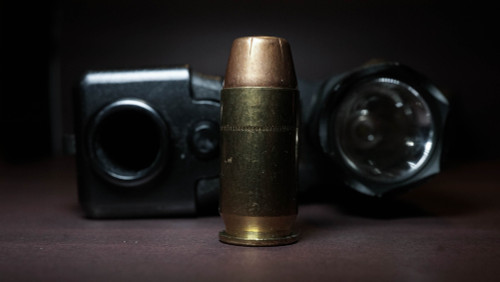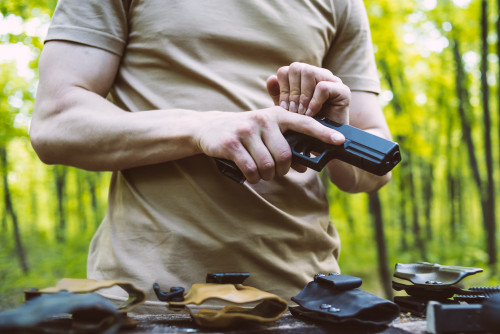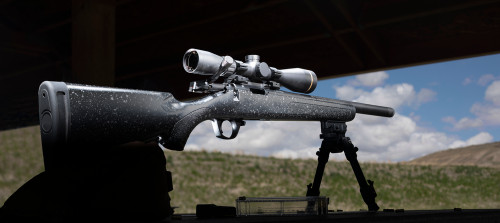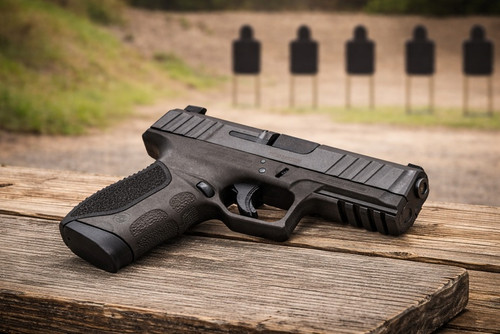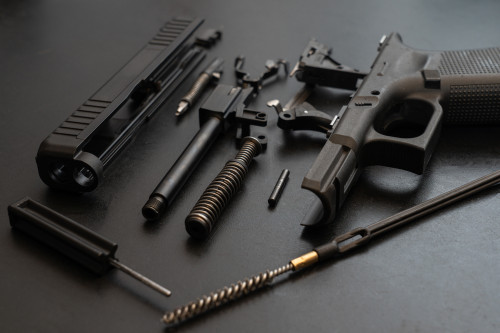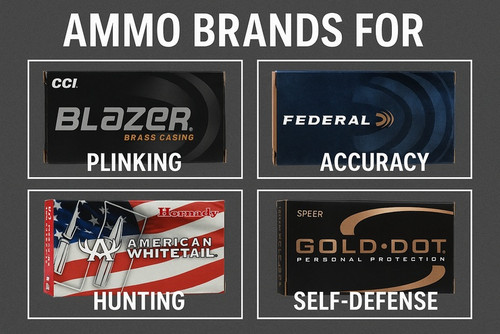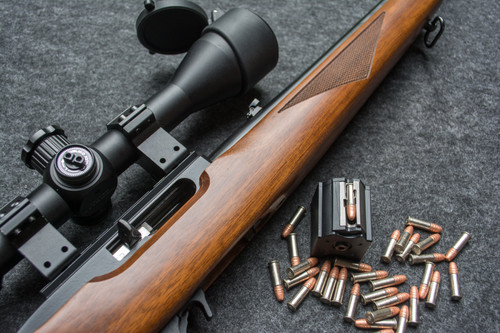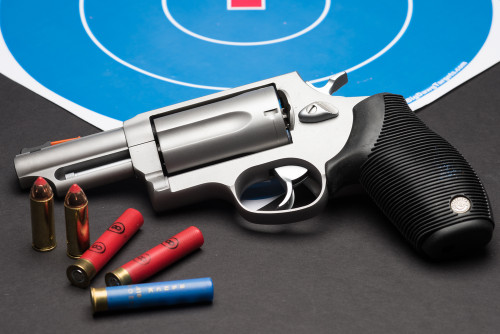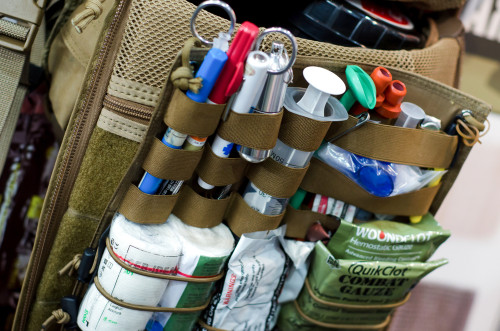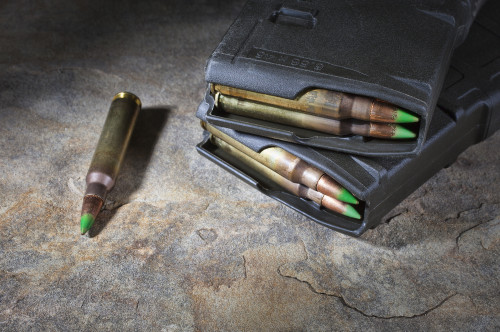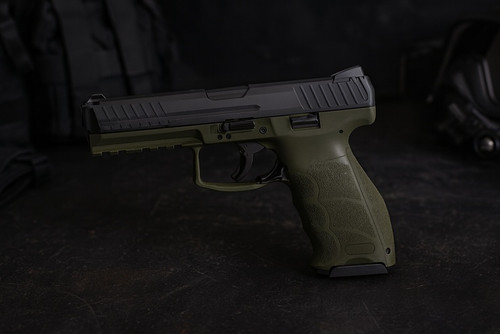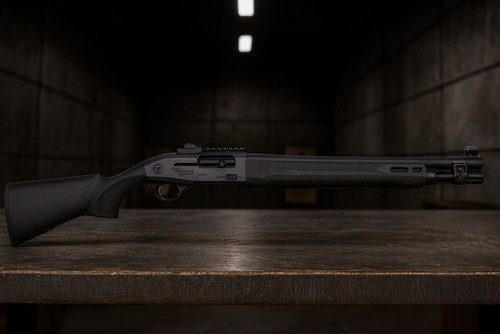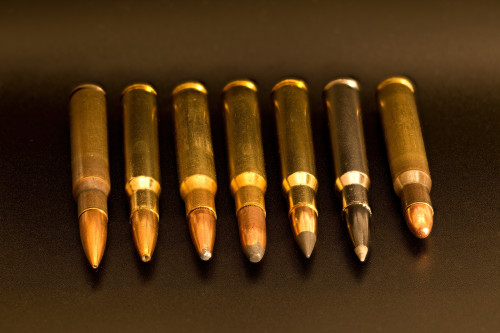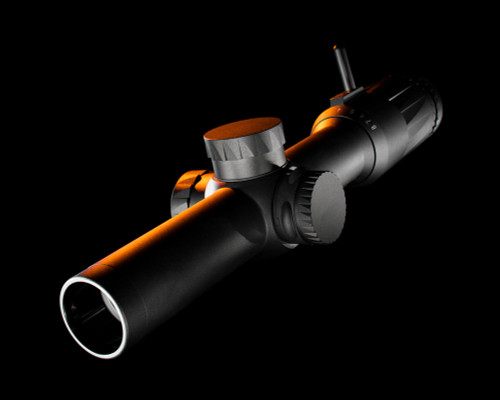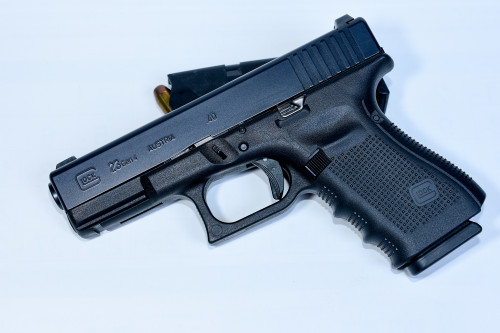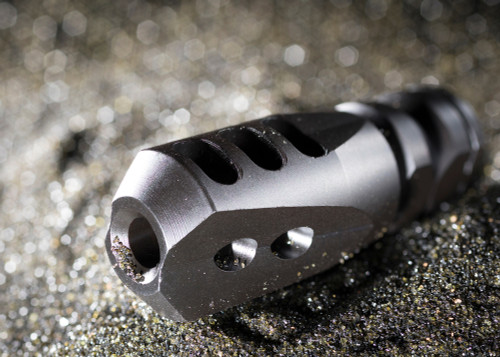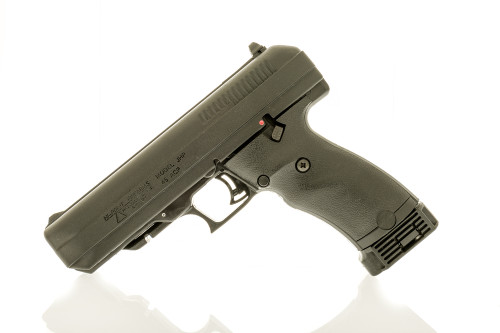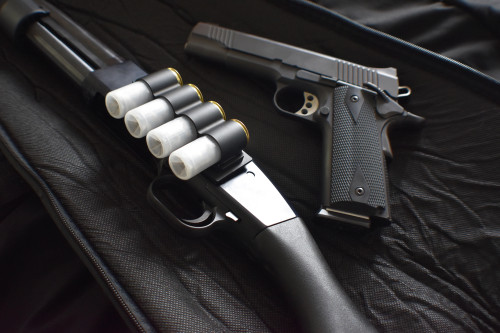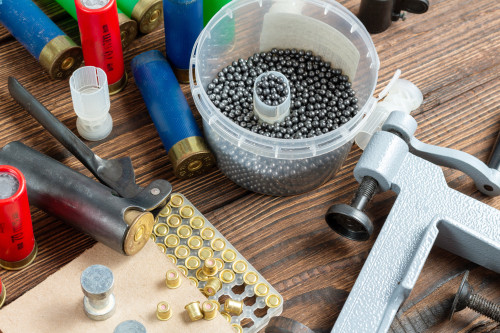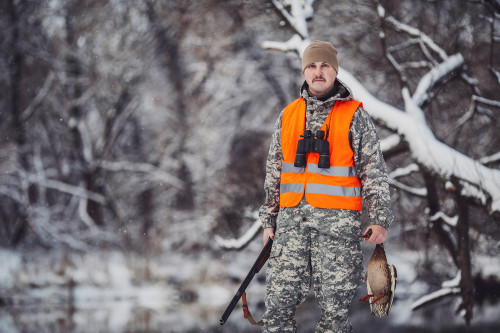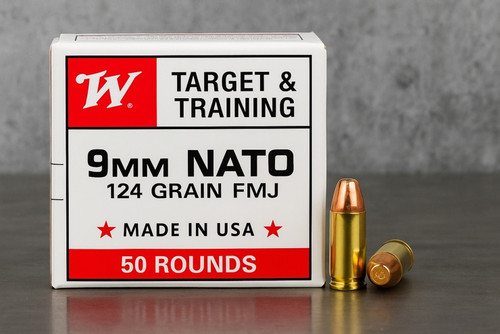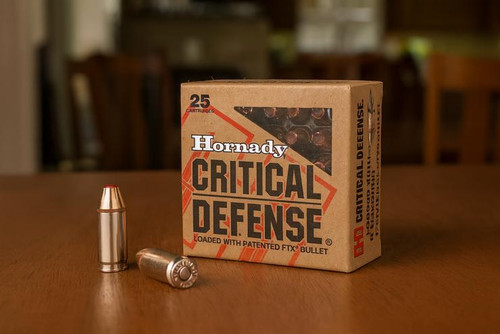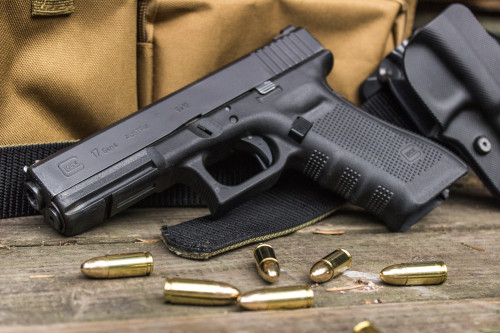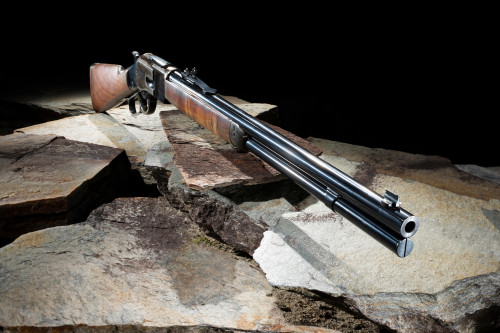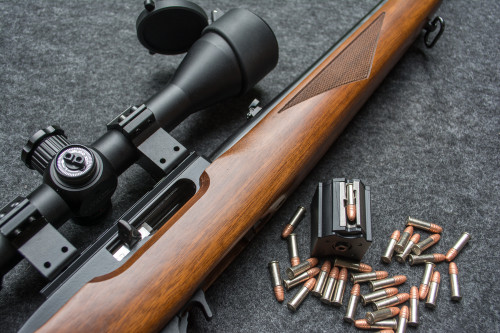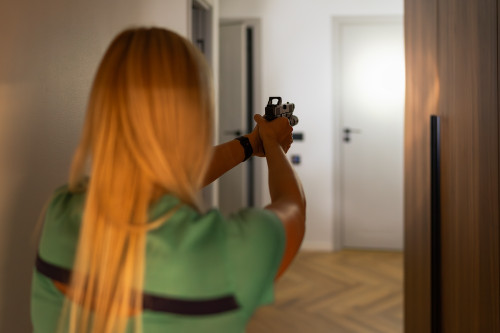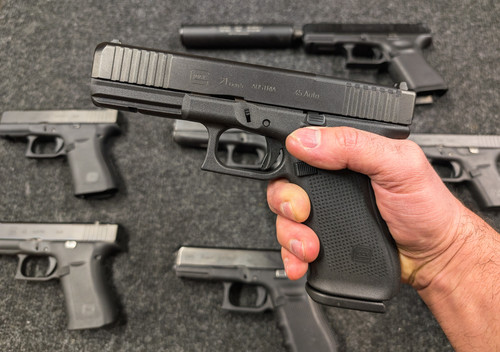Let’s face it: snipers are sexy. Even before the public became enamored with high-profile sharpshooters in the GWOT (like Chris Kyle), long-range shooters held a certain allure. Today, it’s like golf — but for real men.
Whether you’re a new shooter or you’ve been around guns your entire life, you recognize that long-range shooting is a challenging and technical endeavor. We’re not the only ones who think so, either — just ask any member of a long- range competitive shooting league like the Precision Rifle Series (PRS).
Sure, you can find a shooting range that will set up targets at 500 yards or more and let you plink away as an amateur. But to really succeed at long-range shooting, you need the right combination of knowledge, practice, and gear. Developing the right skills for precision shooting starts before you ever pick up a rifle, though. Whether you’re a hunter, competitive shooter, or someone who just likes to count to three between pulling the trigger and hearing steel ringing, load up — this post is for you.
Understanding the Basics of Long-Range Shooting
Precision rifle shooting hasn’t always been the hobby it’s become. It evolved from a specialized skill set once taught only to military marksmen. Today, it’s become a popular and exciting niche within the world of shooting sports. One reason for this popularity is the combination of mental calculations and practical skill at play.
For the purposes of this article, “long-range” refers to shooting at targets between 400 and 1,200 yards away. At those distances, even the fundamental principles require adjustments you simply don’t need at 100-200 yards.
Long-Range Shooting Variables
You might not realize it, but long-range shooters do plenty of math well before pulling the trigger. They consider variables like:
- Their Rifle: A rifle is one of the most important parts of long-range shooting. For one, a rifle’s caliber determines which bullets it can actually shoot. Additionally, barrel length impacts accuracy and maximum distance. Shorter barrels often don’t allow the igniting gunpowder to exert full force on a bullet before it leaves the muzzle. As a result, a longer barrel is usually the right choice for long-range shooting.
- Their Cartridge’s Ballistics: Different rifle cartridges behave in their own unique ways once you pull the trigger. For example, heavier bullets maintain their trajectory better than lighter ones in the face of crosswinds. The amount of powder behind a bullet affects how it moves after leaving the muzzle, too. We’ll get into specific cartridge ballistics later.
- Gravity: The majority of shooters never really need to worry about the effects of gravity on their shots. At closer ranges, gravity doesn’t have time to mess with a shot’s trajectory all that much. One interesting fact about gravity is that it doesn’t matter how much your bullet weighs. Gravity always exerts the same force on every object — accelerating them 9.8m/s2 downward. As a result, a 200-grain bullet will hit the ground at the same time (although not at the same distance) as a 100-grain bullet.
- Wind Speed: The force and direction of the wind both have a huge impact on where your bullet lands. Even a gentle horizontal breeze of 10 mph (enough to just barely rustle some branches) can cause your shot to veer up to 3 feet wide at 600 yards. Headwinds can cause a bullet to drop more quickly, too, so you’re never really safe from the effects of wind when shooting at a distance. Fortunately, the heavier your bullet, the less the wind will affect it (since it has higher inertia).
- Mirage Patterns: Experienced long-distance shooters have called mirage patterns “air that you can see.” These visual distortions are caused by alternating layers of hot and cold air. While mirages will distort your sight picture, you can also use them to judge how the wind is moving. If the distortion moves to the left or right, that’s the way the breeze is blowing. If it's moving straight up, you’re facing headwinds. You can also use this to estimate wind speed. The particular shape and angle of the mirage often rotates and becomes more intense with faster winds.
- Other Variables: Long-range shooters have a slew of seemingly insignificant contributing factors to consider, like earth’s rotation and atmospheric conditions. The longer the shot, the larger effect these variables have on bullet trajectory.
Even after their meticulous planning, long-range shooters use information from spotter shots and other observations to set up the perfect shot. If their first shot is wide, they’ll need to adjust their point of aim for any subsequent shots.
However, before a shooter ever gets to this step, they need to get their gear in working order. They’ll need a long-range, precision rifle that can reach beyond 1,000 yards. They’ll also need to zero the optics and calibrate its turrets for windage and elevation adjustments to ensure they have a good sight picture and that their crosshair matches their intended point of impact.
Developing Proper Shooting Techniques
There’s a lot to keep in mind with long-range shooting. But all factors pale in comparison to mastering proper shooting techniques.
If you watch footage of competitive long-distance shooters, you’ll notice something about their technique immediately: they never shoot offhand. In layman’s terms, this means that they always use some sort of rest (other than their non-shooting arm) to keep their rifle stable.
PRS competitors, for example, always use a sandbag as a rifle rest. Some long-distance shooters attach bipods to their rifles. We’ll go into more depth on shooting rests a little later.
If you don’t have a shooting rest, you’ll need to shoot while kneeling or lying prone. One technique (popularized by American snipers in Vietnam) is to tuck one leg under your body while you keep the other leg bent. Then, use your knee as a rest for your elbow and your hand to stabilize your rifle.
Whatever shooting position you choose, remember to keep the butt of your rifle pulled firmly into your shoulder. Your body has two major arteries in your shoulder (the axillary and subclavian) that pulse along with your heartbeat.
Although this may seem trivial, even your pulse can greatly affect a long-range shot. As a result, you need to exhale and let your heartbeat slow before pulling the trigger.
Mastering the Art of Range Estimation
If you want to succeed at long-distance shooting, you’ll need to become proficient at estimating your target’s range. This isn’t particularly difficult for close-range shooting, but beyond 100 yards or so, estimation gets tricky.
Why worry about your target’s range? Because it will determine where you position your crosshairs. For example, if a target is hundreds of yards away, you’ll need to have your crosshairs above it. Long-range scopes feature bullet drop compensation reticles to help determine where you should position your crosshairs. However, they’ll be useless if you don’t know how far away you are from your target.
Fortunately, there’s a method to range estimation. No, we’re not talking about using a laser rangefinder. Don’t get it wrong, rangefinders are extremely useful pieces of gear. But sometimes (like if your rangefinder is damaged from the elements, your battery is dead, or some other reason) you just need to go analog.
How to Measure a Target’s Range With MOA or MRAD Scopes
Let’s look at how to measure your target’s range manually, using a technique described by former Army sniper Ryan Cleckner in The Long Range Shooting Handbook.
First, estimate the size of your target, or some nearby object. Then you’ll need some help from your scope. Scopes come in one of two flavors: minute of angle (MOA) or milliradian (MRAD). Regardless of which measurement your scope uses, it should also feature hash marks to help estimate your target’s size. You can also use these hash marks to determine your target’s range.
If your angle is measured in MOA, you can determine your target’s distance (in yards) by multiplying the target’s size in inches by 95.5. Then, divide the result by how many MOA hash marks your target covers in your scope. Here’s what the equation looks like:
r=(s*95.5)/h
In this equation, r=range, s=target’s size, and h=number of hash marks. You use the same equation with MRAD scopes, but instead of 95.5, multiply the target’s size in inches by 27.77.
Let’s look at an example. Say you’re shooting at an elk. You estimate its height from belly to backbone is around 30 inches (about average for an adult male). In your scope, that same distance is about 6 hash marks, measured in MOA.
We can then plug our variables into the equation.
r=(30*95.5)/6
In this case, your range will equal about 480 yards away (technically 477.5, but we’re rounding here). Range estimation can be difficult, but over time you’ll develop the skills to do it intuitively.
Shooting at Extreme Distances
Ringing steel at a distance takes some time. First, acquire the correct equipment. Then understand your caliber’s specific ballistics. Finally, build solid, consistent fundamental training. Let’s look at what you’ll need most in each of these categories.
Rifles, Optics, and Equipment
Sure, some superhumans can hit a balloon at 1000 yards with nothing but a red dot, but most of us won’t be that good in our lifetime. We need special equipment to make long range shooting possible.
Best Rifles for Long-Range Shooting
First, pick the right rifle for long-range shooting. Bolt-action guns are best, since they’re generally more accurate than semi-auto. Choose rifles chambered in calibers built for distance like .224 Valkyrie, .300 WinMag, .30-06, 6.5 Creedmoor, 6.5 Grendel, or .308. Additionally, .338 Lapua and .50 BMG are great long-range rounds, but they’re crazy expensive.
Best Optics for Long-Range Shooting
Surprisingly, you don’t need a ton of magnification for the kinds of shots we’re talking about in this post. Sure, you’ll likely need more than a red dot, but something like a 3x-15x scope will take you out to 500 yards no problem. For 1,000-yard shots, you’ll want about 20x magnification, but many shooters can perform just as well at 18x. If you go any higher than 24x, your field of view will be too narrow. If you're a hunter, the rule of thumb is “1x magnification for every 100 yards.”
More important than super-high magnification is having glass with extremely good clarity. While you can get away with using lower-end red dots and prisms out to 200 yards or so, stick to high-end gear for serious long-distance shooting. Check out optics from top manufacturers like Leupold or Zeiss, or high-end models from mid-tier companies like Vortex’s Razor HD line.
Rifle Rest and Targets
As we mentioned earlier, you don’t want to do much long-distance shooting from a standing position. You’ll need some kind of rest for your gun’s barrel.
One solution is to mount a bipod to your gun. Bipods are pretty convenient rests since you can attach them to your gun and not worry about lugging them around separately in a bag.
Bipods aren’t the only rifle rest out there, though. Many competition shooters, like those who participate in PRS matches, use sandbags as barrel rests. This is probably the best choice if you’re shooting in a competition, since it offers a lot of flexibility in shooting positions.
You can always improvise, too. Say you forget to bring your bipod or sandbag on a hunting trip. A backpack can work in a pinch.
There's one big factor that many newbie long-distance shooters overlook: targets. To get real-world experience, you’ll need practice actually shooting your gun. If you’re shooting at a target several hundred yards away, you won't actually see the hole your bullet leaves in paper. Try using reactive targets, like metal (or Tannerite if you’re feeling spicy).
Understanding Ballistics
When you’re shooting at targets up close, you don’t really need to worry about too many factors. There’s so little time between the bullet leaving the gun and hitting its target, so variables don’t play a big role in your shot’s outcome. However, when you’re taking long-distance shots, you need to consider a specific cartridge’s inherent ballistics.
Here’s the ballistics rundown for some of the most common calibers when fired from a *24-inch barrel:
| Cartridge (Grains) | Average Muzzle Velocity (FPS) | Average Velocity at 500 Yards (FPS) | Average Drop at 500 Yards (Inches) | Average Ballistic Coefficient (G7)*** |
|---|---|---|---|---|
| .224 Valkyrie (90) | 2,700 | 1,919 | 51.4 | 0.213 |
| 300 WinMag (190) | 2,900 | 2,089 | 39.9 | 0.272 |
| 30-06 (165) | 2,900 | 1,983 | 43.6 | 0.200 |
| 6.5 Creedmoor (140) | 2,675 | 2,048 | 55 | 0.273 |
| 6.5 Grendel (123) | 2,580 | 1,940 | 51.3 | 0.255 |
| .308 (180) | 2,570 | 1,565 | 60.7 | 0.271 |
| .338 Lapua* (250) | 2,953 | 2,250 | 41.9 | 0.310 |
| .50 BMG** (661) | 2,800 | 2,245 | 43.4 | 0.330 |
Don’t worry about memorizing all of this information or any complex formulas — that’s for serious pros. To get started, just download a ballistic calculator app to quickly and effortlessly do the math for you!
*.338 Lapua measurements = 27-inch barrel
**.50 BMG measurements = 32-inch barrel
*** Note that average ballistic coefficient can vary dramatically depending on the bullet design and composition. The above figures are just estimates.
Consistent Fundamentals
At a long distance, even a small error can have big consequences. The longer the distance, the more pronounced the error. As a result, important shooting fundamentals are critical for any aspiring sniper.
Get familiar with your gun by practicing regularly. That includes both range time and dry firing. Don’t believe the rumors — dry firing won’t harm most centerfire guns. This kind of practice will help you stamp out flinching and develop good muscle memory.
Find a comfortable shooting position, control your breathing, and press through the trigger smoothly. Don’t jerk or yank the trigger. It should almost surprise you when the gun goes off. Exhale before your shot, so your lungs are empty. This is when your body has the least amount of tension.
Safety and Ethical Hunting Practices
If you’re getting into distance shooting to hunt, you’ll have a little bit of extra work to complete. Make sure that you:
- Brush up on local hunting laws and get necessary permits. Local authorities have done extensive conservation research to determine how many animals you can harvest per season. Breaking these rules puts unnecessary strain on an ecosystem. If that wasn’t enough incentive, hunting without a license or tag can be a felony depending on the jurisdiction.
- Survey the weather before you leave. Nature is random. It may suck to have to call off that big hunting trip, but mom nature doesn’t mess around with the weather.
- Be prepared for unexpected situations. Bring the right gear, like a first aid kit. Just ask the guy that Dick Cheney shot in the face on a quail hunt what he thinks about first aid kits on hunting trips.
- Take ethical shots. Aim for the chest cavity containing the animal’s heart and lungs. Avoid head shots. While they can sometimes be ethical if you hit the brain, deer have extremely small brains, making them hard to hit. Damaging another part of an animal’s head is likely to cause them unnecessary suffering before they die.
Long Range Shooting Competitions
While it may take some time before you’re ready to compete at the professional level, it’s worth noting some of the different long range shooting competitions available. The two primary competition types are PRS and NRL.
- PRS - Precision Rifle Series competitions have several divisions depending on the type of rifle you’re using. Mostly, these competitions consist of 45 timed matches in which shooters collect points to be ranked on a national level.
- NRL - The National Rifle League is a nonprofit organization that hosts long range shooting competitions in natural areas (with various terrain, positions, and obstacles). The scoring concept is similar, where shooters are ranked on a national roster. There is also a hunting version of the competition with no divisions or classifications.
Most of these competitions cost a few hundred dollars to enter (not counting the ammo and equipment, which you’ll need to source on your own). Plus, if you’re entering as a newbie, you’ve certainly got a challenge ahead, as many of these shooters are seriously good. However, many who recall their experiences with PRS or NRL tend to value the camaraderie and community far more than the competition itself.
Final Thoughts
While long-range shooting is one of the most difficult and time-consuming of all shooting techniques, it’s also extremely rewarding. There’s nothing quite like those few seconds of anticipation between pulling the trigger and hearing your shot land. The longer the pause, the more satisfying it feels hitting that target dead on.
But if you want to shoot accurately enough at longer ranges, you’ve got your work cut out for you. Fortunately, ProArmory can help by providing you with the ideal ammo and accessories to hit that perfect long range shot. In addition, our training courses (taught by veterans and professional shooters) will help you develop the fundamentals to make sure your shots aren’t sailing off into the next area code. Sign up for our newsletter to be notified when online training officially launches.



